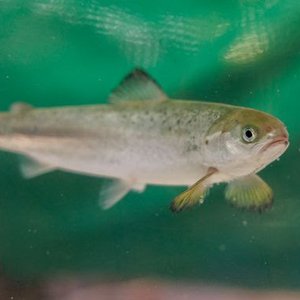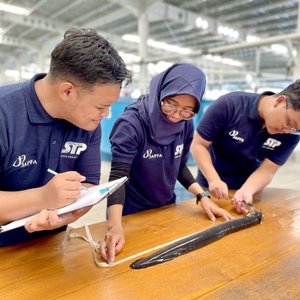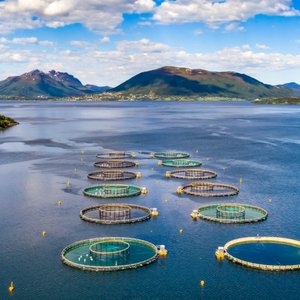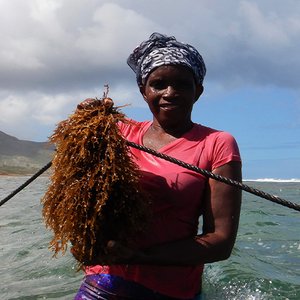Introduction
Lipids are a group of nutritional components important in shellfish development. Examples of lipids include fats, waxes, oils and steroids (for example testosterone, cholesterol). In shellfish eggs and larvae, lipids’ primary function is the long-term storage of energy; they sustain a fertilized egg until it becomes a feeding larva. Lipids are also important during metamorphosis, when setting larvae cease feeding and depend on lipid reserves until metamorphosis is complete. The most important types of lipid for shellfish are polyunsaturated fatty acids (PUFA) rich in docosahexaenoic acid (DHA) and eicosapentaenoic acid (EPA), both omega-3 fatty acids (Gallagher and Mann, 1986; Wikfors et al., 1991; Caers et al., 2002).
The settlement rate of competent to set (“eyed”) larvae is highly variable, ranging from single digits to over 50%. The total lipid content of the broods of oyster larvae is highly correlated with survival of those broods through the metamorphic process (Gallagher and Mann, 1986). These results strongly suggest that lipids play an important nutritional role during the non-feeding metamorphic process and must be present in certain concentrations if the larvae are to survive metamorphosis. Studies (Gallagher and Mann, 1986; Robinson, 1992; Rivara et al., 2005) have shown increased set rates when eggs started out with higher levels of lipids.
Since eastern oysters, Crassostrea virginica (like most bivalves) cannot synthesize these essential fatty acids themselves, they must get these lipids from outside sources, primarily phytoplankton (Wikfors et al., 1991; Wikfors et al., 1996). Our NRAC-funded research (Rivara et al., 2005) using a lipid emulsion supplement has concluded that such supplements also offer a way of getting fatty acids to female broodstock eastern oysters and their eggs. This work showed a doubling of set rate with larvae from lipid enriched eggs (18%) versus larvae from eggs from females fed the alga T-ISO alone (9%). Increasing the amount of lipids in eggs through broodstock conditioning can also translate into more competent larvae with a better chance of surviving to and through metamorphosis, especially if those larvae are stressed (Utting & Millican, 1997).
There have been many laboratory-made lipid emulsions used to enrich larval finfish prey such as brine shrimp and rotifers, as well as bivalve broodstock, larvae and post set. However, these emulsions can be time consuming to prepare and often lack shelf life, requiring daily preparation. A few commercial lipid emulsions and powders, such as Selco® (INVE Aquaculture) and SuperHUFA® (Salt Creek), are readily available at a reasonable cost from many aquaculture suppliers and once opened have a shelf life of at least one month if kept refrigerated. (Note that no endorsement for any of these emulsions is implied here.) Droplets formed when the emulsion is mixed with seawater are from 0.5 to 5 microns, a size that makes some of the droplets directly available to filter feeding broodstock. These emulsions probably also adhere to algal cells and other particles in the broodstock tank before they are ingested by the oysters.
Author(s)
Gregg Rivara and R. Michael Patricio, Cornell University Cooperative Extension of Suffolk County
Publication
NRAC Publication No. 204-2010
More resources from Northeastern Regional Aquaculture Center
Click link below to download PDF
lipid-enrichment-of-eastern-oyster-broodstock-using-commercially-available-emulsions







